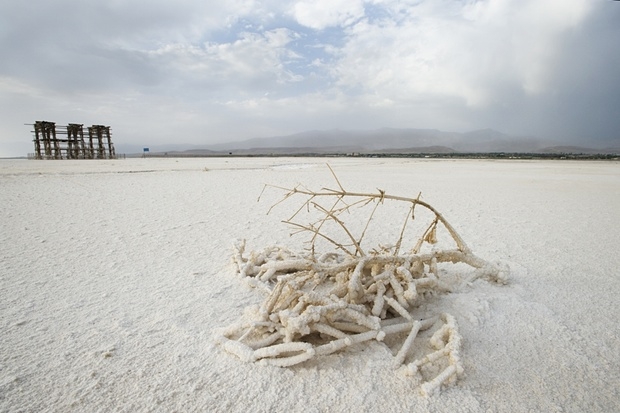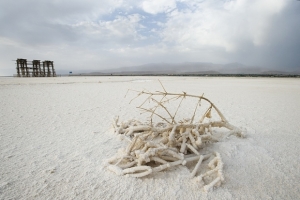Georgia Provides Water to Save Iran's Urmia Lake
Georgia will supply water to Iran to save the world’s largest salt lake which is in great danger of drying out.
The Urmia Lake, which is home to some unique species of birds, reptiles, amphibians and mammals, has shrunk significantly in size in recent years. This in turn has increased the salinity of the lake's water, lowering the lake's viability as a home to thousands of migratory birds including large flamingo populations. The salinity has particularly increased in the northern half of the lake.
Iranian MP Ali Alilu has confirmed that agreements on the issue have already been signed and water from Georgia and Armenia will be transported using three pumping stations.
As he highlighted, the water will be bought from those two countries and the entrance volume of water to Iran will be 60 to 80 cubic meters per second.
'The 36 billion cubic meters of water of Urmia Lake has decreased down to two billion cubic meters today and the entry of a portion of Iran's Aras River and a number of less important rivers will not survive without saving it,' he said to the Islamic Republic News Agency.
Alilu emphasized that the main parts of the water transfer project need to be implemented in Iran and it is predicted that it will be completed within two years.
Recent research revealed that in September 2014 the lake’s surface area was about 12 percent of its average size in the 1970s, a far bigger fall than previously thought.
'If the drying trend of the Lake would have continued unheeded as it was during the previous government, very soon five provinces would have faced serious environmental hazards, and potentially grave human catastrophe,' he said.
In July 2014, Iranian President Hassan Rouhani approved plans for a 14 trillion rial program (over $500 million) in the first year of a recovery plan. The money is supposed to be used for water management, reducing farmers' water use, and environmental restoration.
Several months earlier, in March 2014, Iran's Department of Environment and the United Nations Development Programme (UNDP) issued a plan to save the lake and the nearby wetlands, which called for spending $225 million in the first year and $1.3 billion overall for restoration.
Photo: Alessandro Marongiu / Demotix.
Tamar Svanidze












